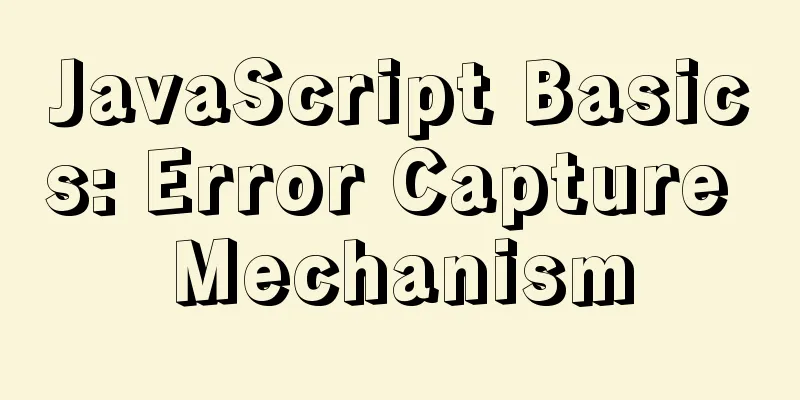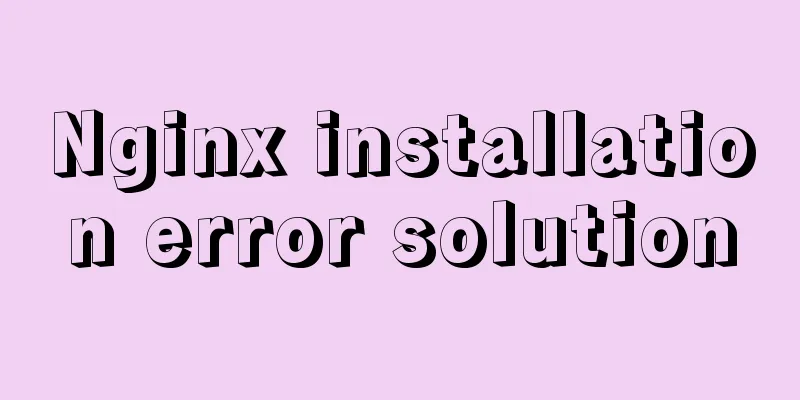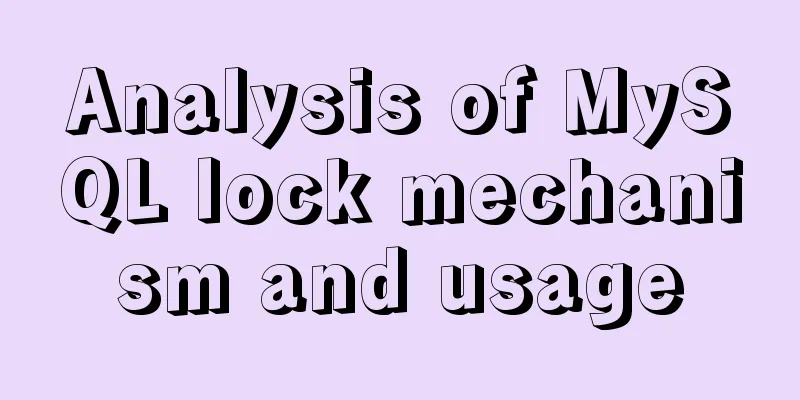JavaScript Basics: Error Capture Mechanism

PrefaceThe Javascript engine is single-threaded, so once an exception is encountered, the Javascript engine will usually stop executing, block subsequent code and throw an exception message. Therefore, for foreseeable exceptions, we should capture them and display them correctly to users or developers. Error ObjectWhen a runtime error occurs, an instance of Error will be thrown. The error object has two properties:
Creating an Error
Error type js defines the following 7 error types:
throwSome JavaScript codes have no syntactic errors, but there are logical errors. For such errors, JavaScript will not throw an exception. At this time, we can define an instance of the error object ourselves and use the throw statement to actively throw an exception. In the program, we can purposefully throw exceptions by using the throw statement. Its syntax is as follows:
try…catch…finally
There are three forms of try statements:
The finally ruleWhen an exception is thrown in the finally block, the exception in the try block will be overwritten.
try {
try {
throw new Error('can not find it1');
finally
throw new Error('can not find it2');
}
} catch (err) {
console.log(err.message);
}
// can not find it2
If you return a value from the finally block, that value will become the return value of the entire try-catch-finally, regardless of whether there are return statements in the try and catch. This includes exceptions thrown in catch blocks.
function test() {
try {
throw new Error('can not find it1');
return 1;
} catch (err) {
throw new Error('can not find it2');
return 2;
finally
return 3;
}
}
console.log(test()); // 3
Try / Catch PerformanceA well-known anti-optimization pattern is to use try/catch In V8 (and possibly other JS engines), functions using try/catch statements cannot be optimized by the V8 compiler. window.onerrorBy defining an event listener function on window.onerror, uncaught exceptions generated by other code in the program will often be caught by the listener function registered on window.onerror
Exceptions in PromisesException thrown in Promise
Catching exceptions in Promise
Notice In a JavaScript function, only return / yield / throw will interrupt the execution of the function, and reject will not prevent further execution. Example: Reject without return
Promise.resolve()
.then(() => {
console.log('before execute reject');
reject(new Error('throw error'));
console.log('after execute reject');
})
.catch((err) => {
console.log(err.message);
});
// before execute reject
// throw error
// after execute reject
Reject using return
Promise.resolve()
.then(() => {
console.log('before execute reject');
return reject(new Error('throw error'));
console.log('after execute reject'); //*** The difference is here, if return is returned, it will not be executed here})
.catch((err) => {
console.log(err.message);
});
// before execute reject
// throw error
Vue exception capture
Vue.config.errorHandler = (err, vm, info) => {
console.error("Error captured by vue errorHandler");
console.error(err);
console.error(vm);
console.error(info);
};
SummarizeThis is the end of this article about the error catching mechanism for JavaScript basics. For more relevant js error catching mechanism content, please search for previous articles on 123WORDPRESS.COM or continue to browse the following related articles. I hope everyone will support 123WORDPRESS.COM in the future! You may also be interested in:
|
<<: Dynamic SQL statement analysis in Mybatis
>>: Linux Check the installation location of the software simple method
Recommend
VMware vSAN Getting Started Summary
1. Background 1. Briefly introduce the shared sto...
Sample code for cool breathing effect using CSS3+JavaScript
A simple cool effect achieved with CSS3 animation...
CSS to achieve the sticky effect of two balls intersecting sample code
This is an effect created purely using CSS. To pu...
Implementation of Nginx load balancing cluster
(1) Experimental environment youxi1 192.168.5.101...
Vue integrates Tencent TIM instant messaging
This article mainly introduces how to integrate T...
5 cool and practical HTML tags and attributes introduction
In fact, this is also a clickbait title, and it c...
A detailed introduction to JavaScript primitive values and wrapper objects
Table of contents Preface text Primitive types Pr...
Mybatis implements SQL query interception and modification details
Preface One of the functions of an interceptor is...
Graphic tutorial on installing CentOS7 on VMware 15.5
1. Create a new virtual machine in VMware 15.5 1....
Detailed tutorial on installing MySQL 8.0 from source code on CentOS 7.4
Table of contents 1. Environment 2. Preparation 3...
Nginx load balancing algorithm and failover analysis
Overview Nginx load balancing provides upstream s...
zabbix custom monitoring nginx status implementation process
Table of contents Zabbix custom monitoring nginx ...
A brief analysis of how to change the root password in Linux suse11 if you forget it
How to solve the problem of forgetting the root p...
Quickly solve the problem of garbled characters and jump lines in mysql exported scv files
Due to work reasons, it is often not possible to ...
MySQL process control IF(), IFNULL(), NULLIF(), ISNULL() functions
In MySQL, you can use IF(), IFNULL(), NULLIF(), a...









